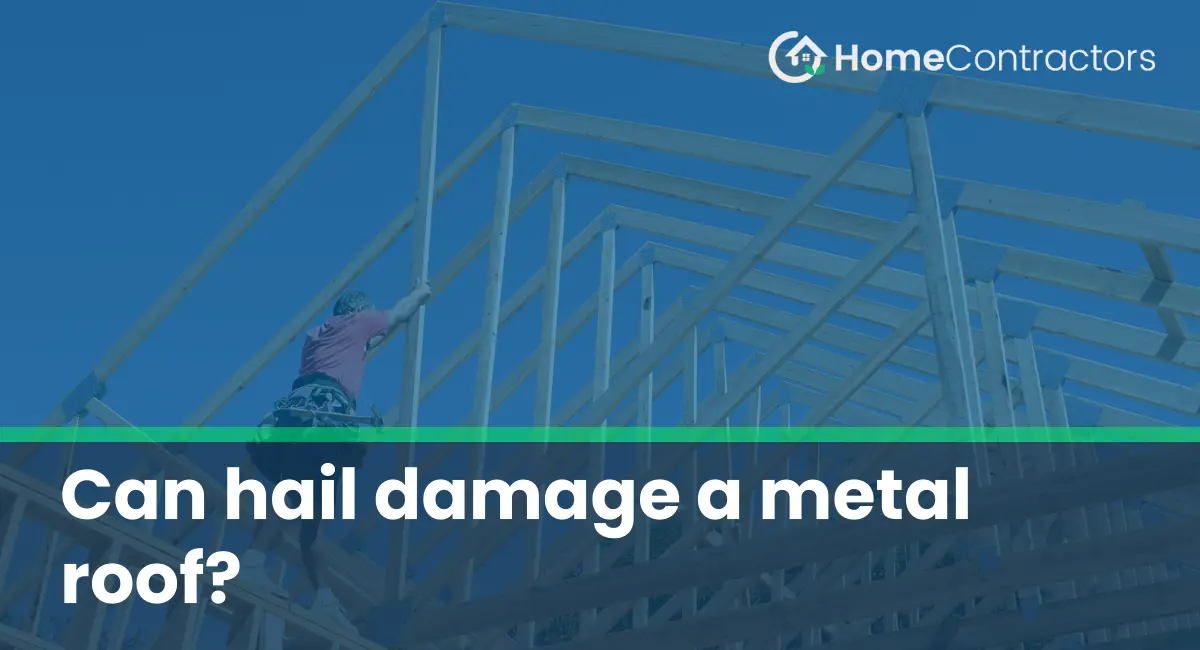The impact of hail on metal roofs
Hail can indeed cause damage to a metal roof, but the severity of the damage is dependent on various factors, including the size, density, and speed of the hailstones. Larger hailstones, typically over one inch in diameter, can cause more significant damage than smaller ones. The speed at which the hailstones fall also affects the impact and damage inflicted on the roof.
Factors that determine hail damage
Several factors play a role in determining the extent of hail damage on a metal roof. Some of these factors include:
- Thickness and quality of the metal: Thicker and higher-quality metal roofs tend to be more resistant to damage from hailstones.
- Roofing system: The specific design and installation techniques of the metal roof can impact its vulnerability to hail damage. Roofs with inadequate fastenings or loose components may be more prone to hail damage.
- Age of the roof: Older metal roofs that have experienced weathering and wear might be more susceptible to hail damage.
Inspecting for hail damage
After a hailstorm, it is important to assess any potential damage to your metal roof promptly. Various signs can indicate hail damage, including dented or cracked panels, dislodged flashing or fasteners, and granule loss on painted roofs. It is advisable to have a professional roof inspector evaluate the condition of the roof to ensure any necessary repairs are carried out.
Preventing hail damage to a metal roof
While it may not be possible to completely prevent hail damage, there are measures that can reduce its likelihood or mitigate the impact. Some strategies include:
- Installing a hail-resistant metal roof: Opt for a metal roof that is specifically designed to withstand hail damage. These roofs often have additional protective coatings or layers to enhance their resilience.
- Regular maintenance: Conduct regular inspections and maintenance on your metal roof to identify and repair any potential weak spots or damage.
- Install impact-resistant systems: Consider investing in impact-resistant systems, such as hail guards or screens, to provide an additional layer of protection for your metal roof.
While metal roofs are generally highly resistant to damage, they can still be affected by hailstorms. The severity of hail damage depends on factors like the size and speed of the hailstones, the thickness and quality of the metal roof, and the roofing system’s design. Promptly inspecting for hail damage and taking preventive measures can help ensure the longevity and durability of your metal roof.
